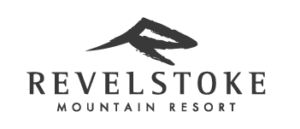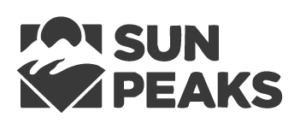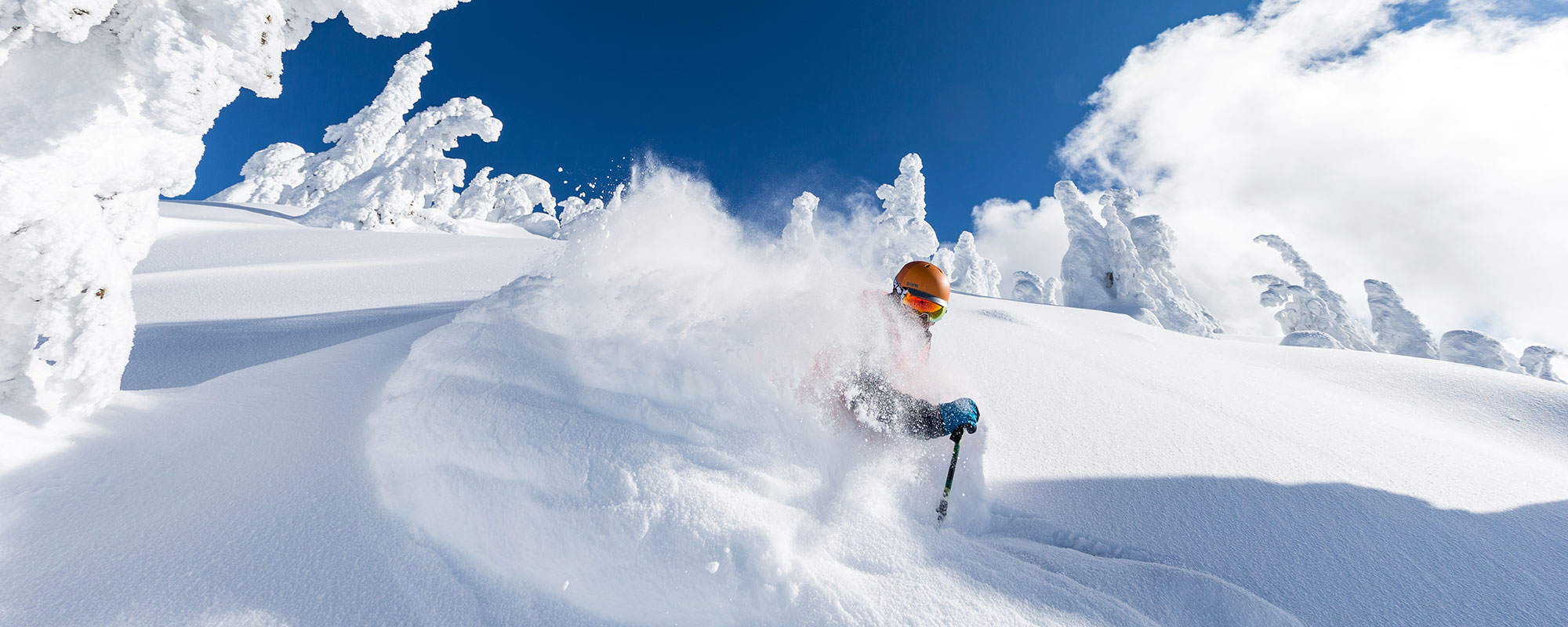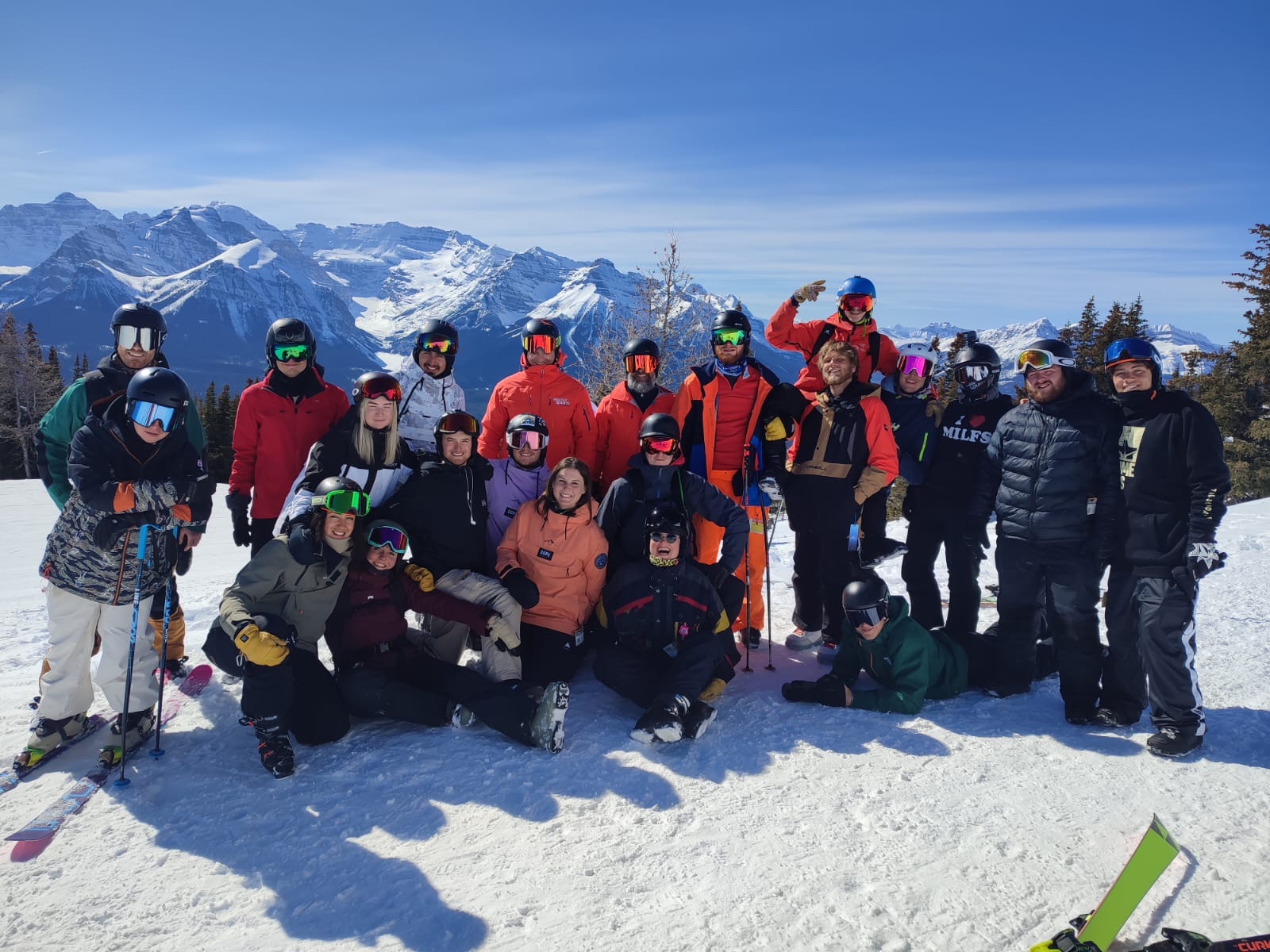Lorem ipsum dolor sit amet, consectetur adipiscing elit. Duis dapibus rutrum vulputate. Mauris sed eros nec est vehicula mattis ac vitae ligula. Maecenas vitae tristique sapien, vitae pellentesque lectus.
How Much Money Do You Earn As A Ski/Snowboard Instructor?

Guide Summary
With no universal pay system and a seasonal jobs market, knowing how much you’ll earn as a ski and snowboard instructor can be difficult. Factors such as your qualification and experience, where you work and for which ski school, the type of work you do and even your own organisational skills can influence how much you might earn as a ski instructor. With earnings often increasing with qualifications and experience, we look at some other factors that may help you maximise your earnings.
Ski and snowboard instructor wages vary widely across the world, ranging from entry-level pay close to minimum wage to experienced and highly certified instructors earning £50+ per hour or more depending on the type of work. This guide explains what affects pay, from location and certification level to pay incentives and benefits.
One of the first questions people ask when considering instructor training is simple: how much do ski instructors actually make? The answer depends on where you work, your qualifications, and even the type of work you do. Let’s break it down so you know what to expect; and what’s realistic for your first season.
Earnings Relative To Certification And Experience
To understand how much ski and snowboard instructors are paid, it’s important to realise that not all are created equal. Like most professions, there are those who are new to the job, and those who are specialists with the education, certification and experience to warrant the big paychecks. The same goes for instructing. As a newly certified instructor with little experience, pay rates are typically low. For most places, this will be around minimum wage. This is pretty standard, no matter where you work. For example, average pay rates in certain countries are higher, such as Switzerland and the US; however, it’s a fair assumption that level 1 instructors will be on a relatively low hourly rate. As you move through the pyramid, gaining experience and certification, you can expect your pay to increase. This is when you start seeing other factors, such as location, the ski school you work for, etc, affect your pay rates. As a general rule, though, the higher your certification, the better your pay will be. With fully certified, experienced pros expecting to be paid well for their work. Bear in mind, though, it can take an instructor several years to become fully certified and well-established before reaching this point. They also have the tips and tricks to help maximise earnings. We’ll try to share a few of those.
The link between certification and pay
Entry-level instructors won’t be earning a fortune, but the lifestyle and progression opportunities make it worthwhile. Most schools use a pay scale system: with every new qualification, your hourly rate increases.
-
Level 1 (entry level): Usually close to the local minimum wage (plus tips). Opportunities for additional work across the resort.
-
Level 2: Typically a few dollars extra per hour. Experience level increases and you’re able to take a wider range of lessons. This gives you greater access to work opportunities.
-
Level 3-4: Experienced instructors can command premium rates. In some countries, Level 4 instructors earn £50+/hr (€70+/hr in Switzerland). Even in lower paying countries, highly certified instructors are often well established in their ski schools and can load their schedules with well paid work. A strong client base built up over a number of years gives them regular requested private work, which pays better than your regular lesson.
-
Career progression: At the top levels, instructors often move into year-round or managerial positions within resorts providing regular salary.
Which Countries Pay Instructors The Most?
As you gain experience and certification as an instructor, your pay will increase significantly, regardless of where you choose to work. That being said, where you choose to work matters if you wish to maximise your earning potential. It’s not super straightforward, as there are visas and other barriers to entry for specific countries, but if you can find ways around those, a few countries pay significantly more than others.
Countries like France, Switzerland and the US have the highest pay rates. France and Switzerland typically have a higher hourly rate, but with such a strong tipping culture in the US, your hourly rate is supplemented well. Average hourly rate for a level 2 instructor in the US would be around $25, with some variation depending on location. Premium resorts like Aspen will pay higher. It’s important to consider the spending power of your money, too. A higher hourly rate in the US or Switzerland is beneficial as their respective currency are strong. For example, a higher hourly rate in Australia or New Zealand (around $30 AUD for a level 2) doesn’t give you quite the same return if you’re a UK resident when considering foreign exchange rates. It’s important to do the math. Chasing The Winter – Skiing In The Southern Hemisphere This Summer
Other European countries like Austria and Italy pay fairly,but not as attractively as their neighbours. Japan and Australia pay a reasonable rate, especially for those with experience and certification, but their effective spending power is reduced with a weaker currency. A Level 2 instructor in Japan working for a well recognised ski school can expect a rate close to ¥3500 per hour, equivalent to £17.30. Canada and New Zealand have some of the lowest pay rates, but as with all things, there are plenty of pathways to earn a higher income. Level 1 and 2 instructors in Canada can expect an hourly rate of somewhere around $18-25, but again this varies depending on resort. Fully certified instructors and trainers have the opportunity to maximise earnings through instructor training and course conducting work.
It’s also important to take into account how long the season is. Sunshine in Canada, for example, is open from early November to mid-May! That’s an incredibly long season. In contrast, the Japanese season runs from early December to the end of March. So, although Japanese ski schools may pay more, you’re likely to work for much longer in Canada. So things can and do balance out at the end. Ski Season Canada Guide: 5 Things you need to know about a Ski Season in Canada. This is the same for instructors working in Austria who often find themselves teaching on the glaciers during the off-season.
There are other countries like China too, now becoming far more attractive for ski instructors, as accessibility and demand increases. It’s becoming more common for experienced and well certified pros to spend a chunk of their seasons in China delivering training and courses to a population eager for education and certification. The pay is generous too, with many instructors offered attractive packages that include flights and accommodation to work there.
Ways To Maximise Your Earnings As A Ski/Snowboard Instructor
- Become dual certified – Becoming certified as both a ski and snowboard instructor makes you more attractive to prospective employers and may also help you earn more when you secure a job. Most ski schools will pay another dollar or two per hour for any member of staff holding a dual cert. You also increase your chances of securing lessons with dual certification. For example, a snowboard instructor holding a ski certification can take a ski lesson, should it be a quieter day on the snowboarding side. What may have turned into a day with no work is now replaced with a ski lesson and a extra hours.
- Build a book of clients – Requested private lessons are an easy and proven way to maximise your earnings. Most ski schools offer incentives for requested private lessons. This is often somewhere in the region of $10-$20 extra per hour! That’s huge, especially if you can fill your schedule with it. Work hard with your clients, go the extra mile, make the effort, and you’ll likely be rewarded with a returning client who only wants to ski with you. With enough time and experience, you can build a book of clients and begin to fill your calendar. Not only does this secure you work, but it will pay more too. I know plenty of instructors who have their whole season pre-booked with returning clients.
- Seasonal programs – Ski school work can fluctuate significantly. It’s not uncommon to work seven days per week during the busy holiday period, but then find yourself with only half that during quieter periods. This can be frustrating. Seasonal programs are a great way to secure your work for the season. Seasonal programs offer consistent work for instructors. For example, Mountain Academy instructors in Thredbo Ski Resort have around 40-50 days of guaranteed work each season! There are also smaller weekend programs like AMP at Panorama Mountain Resort. Each resort has something like this to offer. Even one or two days per week helps to fill your calendar and guarantee your hours.
- Tips! – This depends on where you work, as not all countries have a strong tipping culture. However, if you’re fortunate to work in a country with a tipping culture, you’ll be surprised at how far this goes in supplementing your income. The US has a strong tipping culture, and it’s not uncommon to match or even exceed your hourly earnings through tips. Some clients may not always tip in cash, but may take you out for a nice lunch or dinner, for example. Some countries don’t have a strong tipping culture, so it’s usually beneficial to position yourself in training programs or seasonal work for the guaranteed hours. In countries with good tipping, most instructors are competing for private work. It’s a little more hustle but the rewards can be great.
- Stay flexible – This comes with the territory of this industry. There is no such thing as Monday to Friday. Being willing to work a long week, including weekends and days off, is a sure way to maximise your earnings, especially during busy holidays. Experienced instructors know to load their schedules during these times to make hay when the sun shines. Being flexible with your schedule allows you to squeeze in that last-minute request for a private lesson you may otherwise have missed. Some planning and reaching out to clients beforehand helps you find out when you may have an extra day in the calendar to fit in another client. You’ll get days off, of course, but stay flexible. Some of your best earning days might come at the last minute when you squeeze someone in.
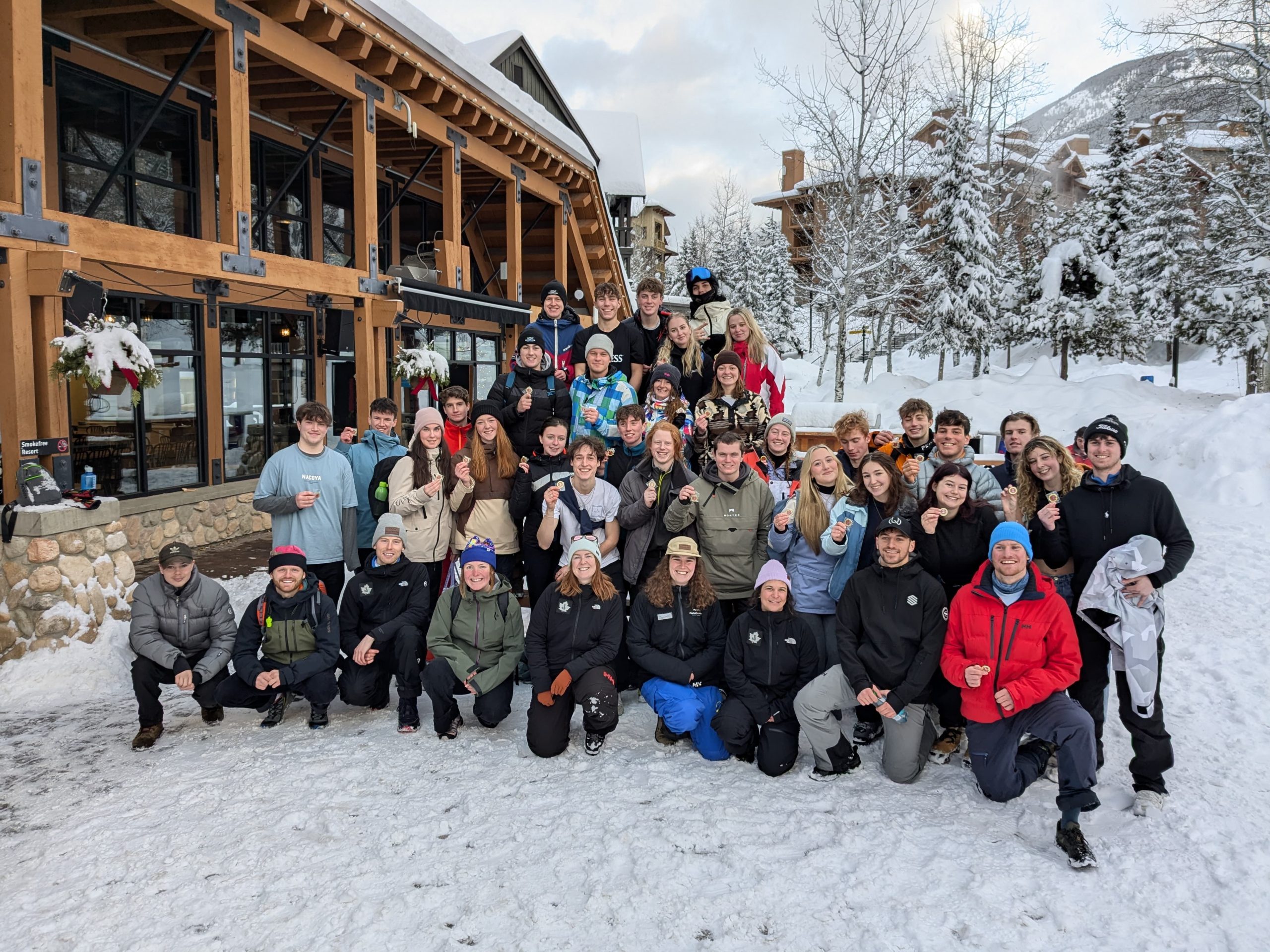
Other Benefits and Perks Of The Job
We all want to make more money; we get it. That being said, it’s fair to say the benefits and perks of being a snowsports instructor extend beyond just the money you’ll earn. The Best Things About Being A Ski Instructor
- Life in the mountains – when you’re lucky enough to work in the mountains every day, it makes the mundane everyday seem a little more exciting. You’re afforded a fantastic lifestyle when you work and play in the mountains. The outdoors becomes your playground.
- Free Lift pass – a real perk of the job. The lift pass isn’t just for when you work; it’s also yours to use on days off. A season’s lift pass at most major resorts worldwide will set you back over a thousand dollars. You get it as a perk with the job! There is real value in that!
- Travel the world – the opportunity to travel and work in some of the world’s best destinations: Europe, North America, Australia, New Zealand, Japan, Chile, etc. Being a snowsports instructor is a great way to travel the world and see amazing new places. Most of which would be out of the question for someone working a regular job back home.
- Work alongside friends – Sharing your everyday experiences with friends adds enjoyment and a sense of belonging to what you do for work. Few jobs in the world allow for such strong connections between those who you work for, and who you work with.
- Keep fit and healthy – Being a snowsports instructor is a physically demanding job. You’re on your feet for a full day skiing and riding, so it’s a sure way to keep you fit and healthy. Snow Ready Fitness Program
- Fulfilling and rewarding work – There is an incredible sense of fulfilment derived from teaching and sharing your passion with others. Watching people progress and enjoy the sport you love because of your help and expertise is incredibly rewarding and is fulfilling in a way that money can’t ever replace.
- Meet new people from all over the world – The industry is blessed with people who come to work from all corners of the globe. Work in any ski school in the world, and its team of instructors will likely be made up of people from all over the world. This adds to the experience and camaraderie developed with those you work with.
FAQ’s
It would be hard to pick out a specific ski school; however, ski schools in France and Switzerland are known to pay their instructors very well. Some exclusive, high-end private ski schools in these countries will likely pay their instructors the most. This doesn’t necessarily mean that’s where an instructor would make the most money. Some instructors in the US who work for wealthy clients and receive generous tips on top of a good hourly rate will take home a handsome income. There are also other benefits a ski school might offer their employees beyond their hourly rate.
Not necessarily, it depends on a few factors. A fully certified snowboard instructor will undoubtedly make more money than a level 1 or 2 ski instructor. The hourly rate would be significantly higher, and an experienced snowboarder will have a book of clients and a packed schedule to earn a solid income. It also depends on where they work and for which ski school. A snowboard instructor who is good at what they do, makes connections with clients and works hard could easily make more money than a ski instructor. The only limiting factor for a snowboard instructor is that they typically receive fewer hours than a ski instructor, simply due to a higher demand for ski lessons. But no, I don’t think it’s fair to say a ski instructor would always make more than a snowboard instructor.
The lack of security or the constant moving from one place to another. Instructors don’t have the security of a standard nine-to-five job with a regular income. Instructors need to hustle and be smart with how they organise their schedules. The work has great rewards and can pay well, but the lack of security can be difficult sometimes. For travelling ski pros, there is also the challenge of moving from one place to another every few months. The lack of a home base can be hard at times, but that being said, it does allow for fantastic opportunities to travel the world.
There is quite a range here. If the ski school you’re working for can offer you staff accommodation, then something between $500 and $800 per month would be a fair estimate. If you’re renting a private apartment on your own, this could easily cost you $1500 a month, maybe more if you like a bit of luxury. If you want to live in places like Whistler, you can expect this figure to be much higher. Even the availability of accommodation in a place like Whistler is far scarcer. In most resorts, instructors live in shared accommodation with friends, making it far more affordable. In this case, you could expect to pay around $800-$1000 monthly.


